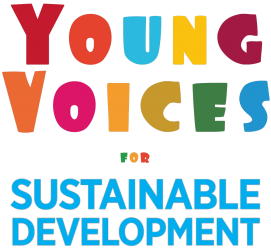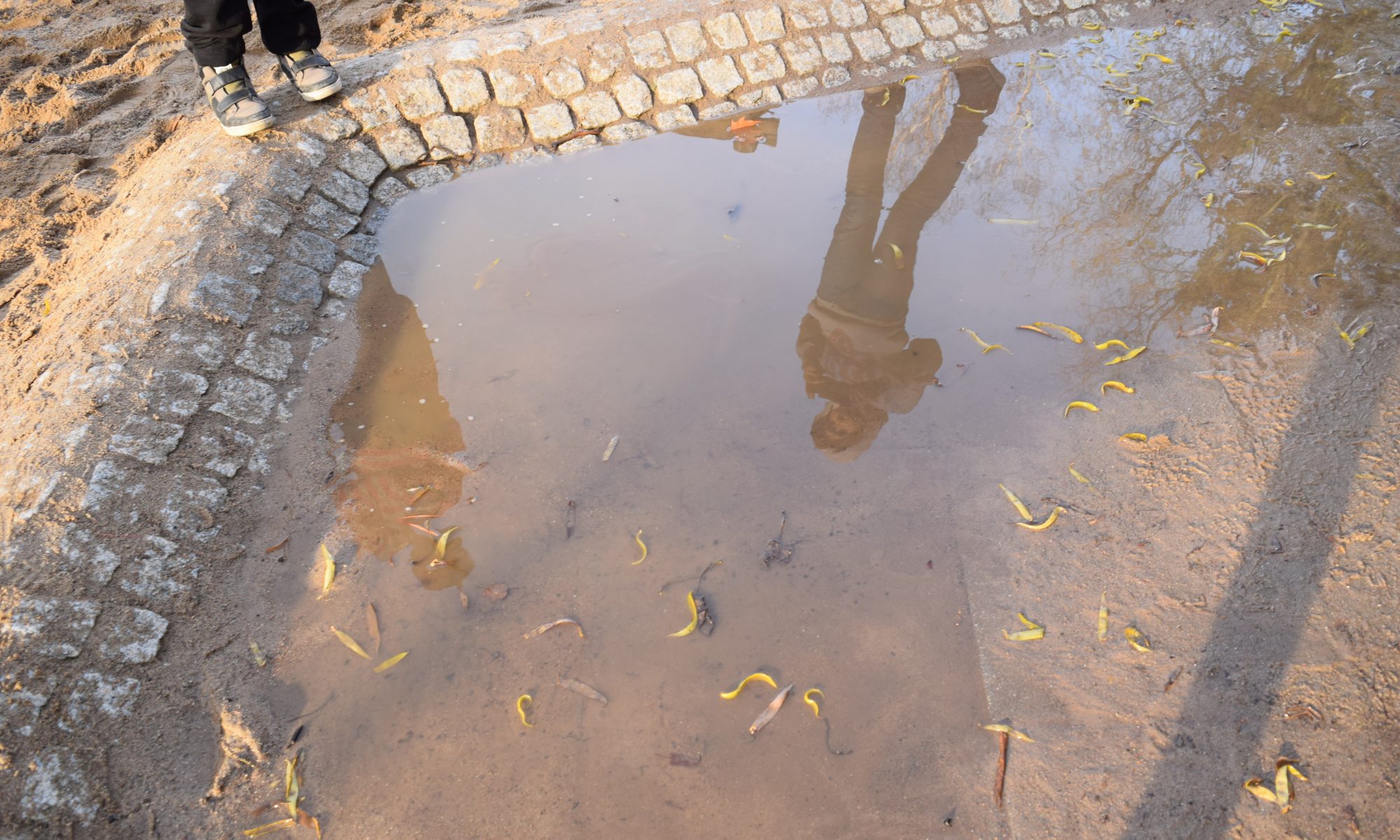
“What can you do for our planet and for marine protection?”
Tharaka Sriram, a German native and activist for the marine world, youth and diversity spoke to 160 students at the Carl-Zeiss school in Berlin about challenges and the necessity for marine protections areas around the world.
Inside the United Nations Agenda2030 and the Sustainable Development Goals, clean water (SDG 6) and biodiversity below the sea (SDG 14) are amongst those developmental responsibilities for the planetary society.

Tharaka had visited numerous mpa’s (marine protection areas) around the world. As a diver she collected first hand experiences in the Atlantic, Pacific and Indian Ocean. Only 3% of the total ocean territory are a nature preservation or marine protection area! Plastic garbage, industrial waste, climate change and global warming but also overfishing and the hunt for whales and sharks (finning!) give a wide spectrum of threats to life in our oceans.

Climate Action (SDG 13) should have the highest priority in politics!! “What if politicians are not fit to change the world?” was one of the questions in the discussion following Tharakas presentation. It is up to the Young Voices for Sustainable Development to give impulses for change, to get on the nerves of politicians to demand changes in politics and to go on the streets to claim their future!

All students, the Young Voices for Sustainable Development, who attended the presentation wrote down their environmental messages at the board and called for non smoking, reduction of trash, less flesh and fish on their plates, more vegetarianism and a different consumer behavior alltogether.
It is time to start all of this now!

Thank you Tharaka Sriram for your valuable input . We wish you much strength and courage on your journey and mission to protect our oceans and educate us about the necessary changes presented with your initiative Ocean Education.
(Inside this last photo: Tharaka Sriram, Melanie Drewes (volunteer at Explority) and Explority founder and managing Director Wolfgang J. Fischer full of impressions after the presentation at Carl-Zeiss School.) Photo credits: Melanie Drewes, Wolfgang J. Fischer, Mr. Schäfer from Carl Zeiss School



































